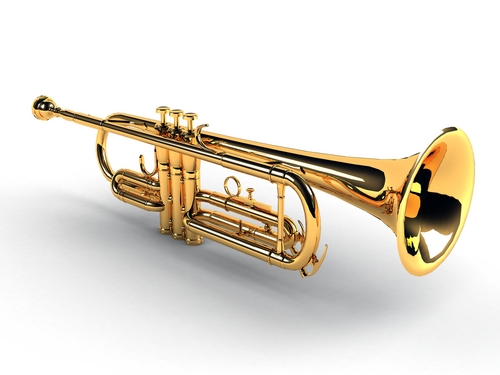I didn’t explain myself properly, I was trying to get across that the original colours on set (assuming 5500K lighting) are not necessarily what was captured on film, or intended to be captured, and that what was originally captured on the neg may have very little bearing on what was on the release prints.
Even in the Star Wars days, scenes were colour timed to help tell the story, so what the set looked like lit with 5500K lights may have little to do with what is delivered to the audience.
This video gives an example, the opening shot is relatively neutral, but what is delivered to the audience will be very different depending on the story being told by the scene. Although the scene may have been shot under neutral lighting, it may not be intended to look that way in the final product. (again, this doesn’t change how effective or useful the tool is!)
www.editorslounge.com/special-coloringwithalphadogs/colorstory.htm
This is not to understate the usefulness of DrDre’s amazing tool, it is extremely useful and works very, very well, but a few people seem confused by exactly how it works. It can’t on its own restore a scene to exactly how it looked in the cinema, especially if there are no neutral scenes in the reel. If there are neutral scenes, then it will restore them to as if they were shot under (approx) 5500K light, which then adjusts the rest of the scenes and maintain their grade, whether neutral or not. This is its great strength. You then have a start point for doing the final grade which is great.
However, even the most neutral scenes in a film won’t have been lit in such a way that they perfectly matched the Illuminant E lighting used for the calculations, so it becomes a great base for then restoring the grade from that understanding and starting point. It may sound like a quibble or a criticism, but it isn’t, it is just important to understand that restoring to the Illuminant E lighting setup is different to restoring to what was captured on the day. Knowing this lets you use the tool to get to a start point that is consistent that you can then grade the movie from, which is fantastic.
What it does do is incredible, and extremely useful, especially for films where there is partial colour fade, or in the case of Star Wars where they have gone back later and digitally regraded the film, and you want to unearth what the initial grade may have been, and for a multitude of other uses.
I can’t thank DrDre enough for continuing to develop this, it is going to be a mainstay in the toolkit for all of us.




